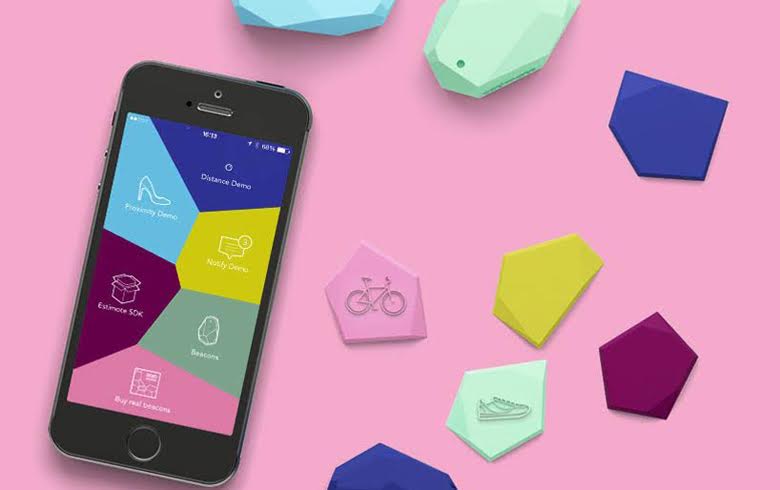Can you believe that 2015 is almost a wrap? It feels like exactly five minutes ago I was sending my kids off to camp at the top of the summer, and now winter is closing in and it’s time to close out 2015. Holiday time means holiday shopping, so my credit cards are getting ready for the heavy use they’re about to endure. ‘Tis the season for ordering up that perfect gift, or cashing in on an end-of-the-year deal. And each year, technology plays more of a role, becoming a huge part of the shopping experience. I’ve partnered with Captial One® to talk about how cool technology is impacting holiday shopping in a big way, and what it means for consumers.
Gone are the days where I’d roam the mall, and just buy whatever I saw, or go from store to store with no way of knowing what I’d find (or what would be in stock). There are so many great tools now that empower us to make smarter, more informed decisions and feel better about the deals we get— so why shop blind? 78% of shoppers used the web to research holiday purchases last year, according to MarketingAdept.com. The same study showed that 53% of consumers who did their holiday shopping online used a mobile device last year, up 41% from the year before. That’s a lot of people shopping from their phones (I know that’s where I’m usually pulling the trigger on something or other). It’s amazing how quickly this stuff has changed.
How else is tech impacting the future of shopping?
Know before you go
If you’re not using technology to research end-of-year deals before you go shopping, you’re missing out (and throwing away your money!). For example, according to AutoTrader.com, the end of the year is a great time to buy a car, because dealers are often ready to make great deals in order to remove outdated models from their showrooms. Americans are most likely to research buying a car by visiting car dealerships (56%), according to a survey conducted by our sponsor, Capital One. But why wait until you’re on the dealership lot when the pressure is on? Make sure you at least crunch numbers and consult online resources so you feel secure before you head out to make that major purchase. Auto Navigator® from Capital One® is an online tool that allows consumers to see if they pre-qualify for auto-financing before visiting a dealership, with no risk to their credit score. Auto Navigator can be accessed from any mobile device, and once you’re pre-qualified, you can configure the type of car, total amount financed and repayment term within pre-qualification terms, while you’re car shopping in real time. Plus, you’re not committed to using Capital One financing once you decide on your car purchase. If you’re shopping for a gift, make sure your phone is armed with price comparison tools, so whether you’re shopping online or in-store, you always know you’re getting the best deal.
Blurred Lines
Keep an eye out and you’ll start to notice that some online-only stores are setting up retail stores or pop-up shops. I love this new trend because I want to see and feel products before I buy and honestly, I’m prone to buy more if I can check out the goods first-hand (and know what size I am— hey, I’m holiday shopping for me too). On the contrary, brick-and-mortar retailers are buying up online retailers, and using their physical locations as distribution centers for fast shipping, or setting up tablets in-store so items that are out of stock can quickly be purchased and sent from their online retailers. Good news for us, these blurred lines between “bricks & clicks” are great for the consumer because it means increased options (and more incentive for retailers to provide a great deal).
Holiday shopping made personal

Retailers are now using sensors that quietly interact with your mobile device while you’re in a store. They do this to compare foot traffic numbers to actual sales. So, if you’re not buying what you spent time looking at in a store, don’t be surprised if the company sends you a coupon later, to see if they can close the deal by offering you a better price. Budget-friendly? You bet. Another location-based new technology is “nearables”— a term used to describe the idea of objects (often everyday items) that have small, wireless sensors attached like stickers. As companies adopt this technology, we’ll be able to get more context and background on the everyday products we pick up in stores— imagine trying on a jacket and then your phone recommends pants that match, or picking up a book and your phone displaying reviews.
Using new online tools to support a holiday purchase this year is a no-brainer: You’ll make more informed decisions, and oftentimes not have to leave your house to do it. The more you know about what you’re looking for before you pull out your wallet, the better deal you’re likely to get.
Thanks to Capital One for sponsoring this post. And thank YOU for supporting our sponsors! For more information, please visit https://www.capitalone.com/auto-financing/.




